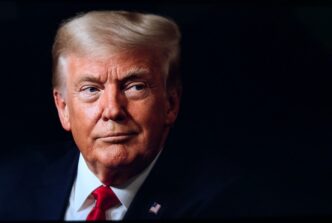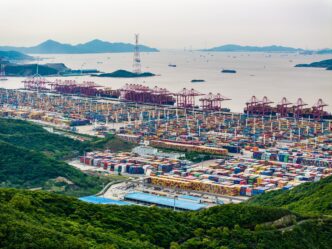In the context of Trump’s tariffs, which have evolved into a clear trade war, the U.S. has imposed an astonishing 104% tariff on Chinese goods. In retaliation, China has introduced substantial tariffs of 84%. This situation presents a dual opportunity for Beijing: not only can it bolster domestic industries, but it also has the chance to attract investment and partnerships from countries looking for alternatives to U.S. markets. As tensions rise, the critical question is whether China will strategically leverage this moment to strengthen its global economic position.
The escalating trade war between the United States and China has created a complex international landscape, with the imposition of tariffs serving as a symbol of the deteriorating relationship between these two major global players. President Trump’s recent tariff hikes were initially motivated by concerns over fentanyl trafficking but have since expanded, prompting these retaliatory measures from China. The dynamics of this trade conflict continue to unfold, intensifying the economic stakes for both nations.
China’s foreign ministry has reacted by accusing the United States of violating World Trade Organization (WTO) rules and pledged to continue opening its economy despite these challenges. This stance is indicative of a broader strategy by China to position itself as a proponent of multilateralism, contrasting with the US’s more unilateral approach.
There is a notable shift in narrative, with China now being portrayed by some as a stabilizing force in international relations, while the US, under President Trump’s administration, is viewed by critics as a disruptor of the established global trade order. This perception shift is highlighted by economists and foreign policy experts who suggest that the US’s actions may inadvertently bolster China’s standing on the world stage.
China is actively seeking to capitalize on this diplomatic opening by strengthening ties with countries in the Global South and expanding its influence through initiatives like the Belt and Road Initiative. This strategic maneuvering is evident in China’s growing economic partnerships in Africa and Latin America and its efforts to encourage the use of its currency over the US dollar.
However, this diplomatic window does not guarantee straightforward gains for China. The country faces its own economic challenges, including a dependency on exports and demographic issues. While President Trump seems confident that these pressures will force China to negotiate on US terms, China remains steadfast in its approach, using the situation to rally nationalist support domestically.
In Europe, the response to the US-China trade tensions has been mixed. The European Union, already grappling with internal divisions and external pressures, is wary of the implications for its own economic relations with China and the US. The upcoming summit between the EU and China will likely address these concerns, as both sides navigate the shifting alliances and trade dynamics.
Strategic Implications
- The evolving trade landscape encourages nations to reevaluate their economic dependencies and explore diverse markets, influencing future trade agreements.
- The US-China trade war could lead to higher prices for consumers due to increased import costs, affecting everyday goods and services.
- Businesses that rely on Chinese imports may face disruptions, potentially impacting supply chains and leading to layoffs or price hikes.
- The global economic uncertainty might deter investment and slow economic growth, affecting job markets and financial stability worldwide.
- Countries caught in the crossfire of tariffs may seek new alliances, reshaping international relations and trade networks.








